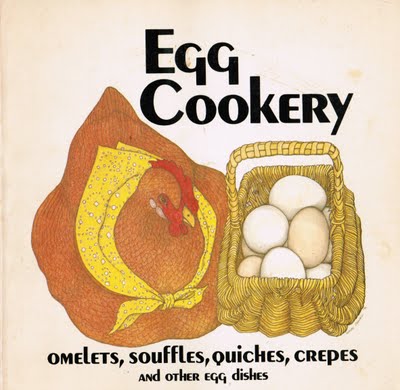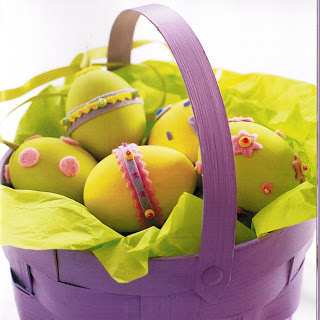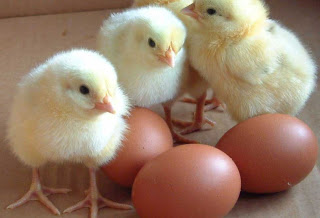Nature has given us the gift of a miraculous culinary ingredient. What would a cook do without eggs? It may well be the most versatile ingredient in the kitchen, and an almost perfect food. It’s everything in one little package – low in calories, high in protein, and contains calcium, iron, riboflavin, and vitamins A and D. Not to mention how incredibly delicious it is. I remember studying eggs in 7th grade Home Ec class. The teacher had us crack and observe various sizes of eggs; Grade AA, Grade A, and Grade B, then she would have us fry, poach, and hard-boil them using sizes jumbo, large, extra large, small, and peewee. I don’t know if I have ever seen a peewee since that 7th grade class! I suppose that wonderful class and teacher started my fascination with the incredible edible egg.
Eggs evoke such great childhood memories like dyeing and decorating Easter eggs, the fun of Easter egg hunts, and waking up Easter morning to egg-filled baskets. And after all that, we start making egg salad sandwiches, stuffed eggs, and creamed eggs on toast.
There are fascinating tales about the mythology, customs, and beliefs about the egg. Many pre-Christian peoples believed the world itself was created from an egg. Phoenicians thought the egg was formed in primeval waters and split open to form two parts – heaven and earth. The Mayan medicine men handed an egg back and forth in front of the face of those they believed to be bewitched. Eggs were believed to insure fertility. French brides used to break an egg on the threshold when entering a new home.
Man discovered very early that the egg was good to eat. Today, it is obviously used in countless cuisines all over the world. You will rarely see a Scandinavian buffet table without eggs. A Finnish dish of Karelian pies is served with an egg butter, where hard-boiled eggs are chopped and stirred into soft butter. The French have a knack for omelets, crepes, souffles, and quiches. Portuguese breads tuck hard-cooked eggs into breads. The Japanese use eggs for steamed custards and tempura batter. Greeks use eggs in avgolemono and sweets. In Mexico, a favorite breakfast is huevos rancheros. And in our American cuisine, we make chiffon cakes and pecan pies.
The Egg Cookery book is from one of my favorite authors, Lou Seibert Pappas. I have many of her cookbooks and the recipes are always terrific and reliable. In the book there are recipes for soups, salads, entrees, omelets, souffles, quiches, sauces, breads, pastries, and desserts. One of my favorites is the sausage and egg bistro salad, which is a combination of hot French sausages and coddled eggs nestled in crisp greens. I am also happy with a simple poached egg. I wish I could find my Home Ec teacher from long ago and tell her what an influence she had over my lifetime egg obsession, and ask her where in the world to find those peewee eggs.
Which came first??












Hello,
I was thinking of buying Lou Seibert Pappas’ book called Greek Cooking…however, I would love to see the spanakopita recipe in it before I buy it…do you happen to have this book and/or have you tried that recipe?
Thanks
Hi Ann- I did have this cookbook but unfortunately it was lost in a flood. I don’t remember the details of this book, but I have other Lou Seibert Pappas books and always loved the recipes. Maybe someone reading here can help you, or if I happen to find the Greek cookbook, I will send you the spanakopita recipe. I seem to remember a good spanakopita recipe in one of the Silver Palate cookbooks. Thanks so much for writing. Good luck!